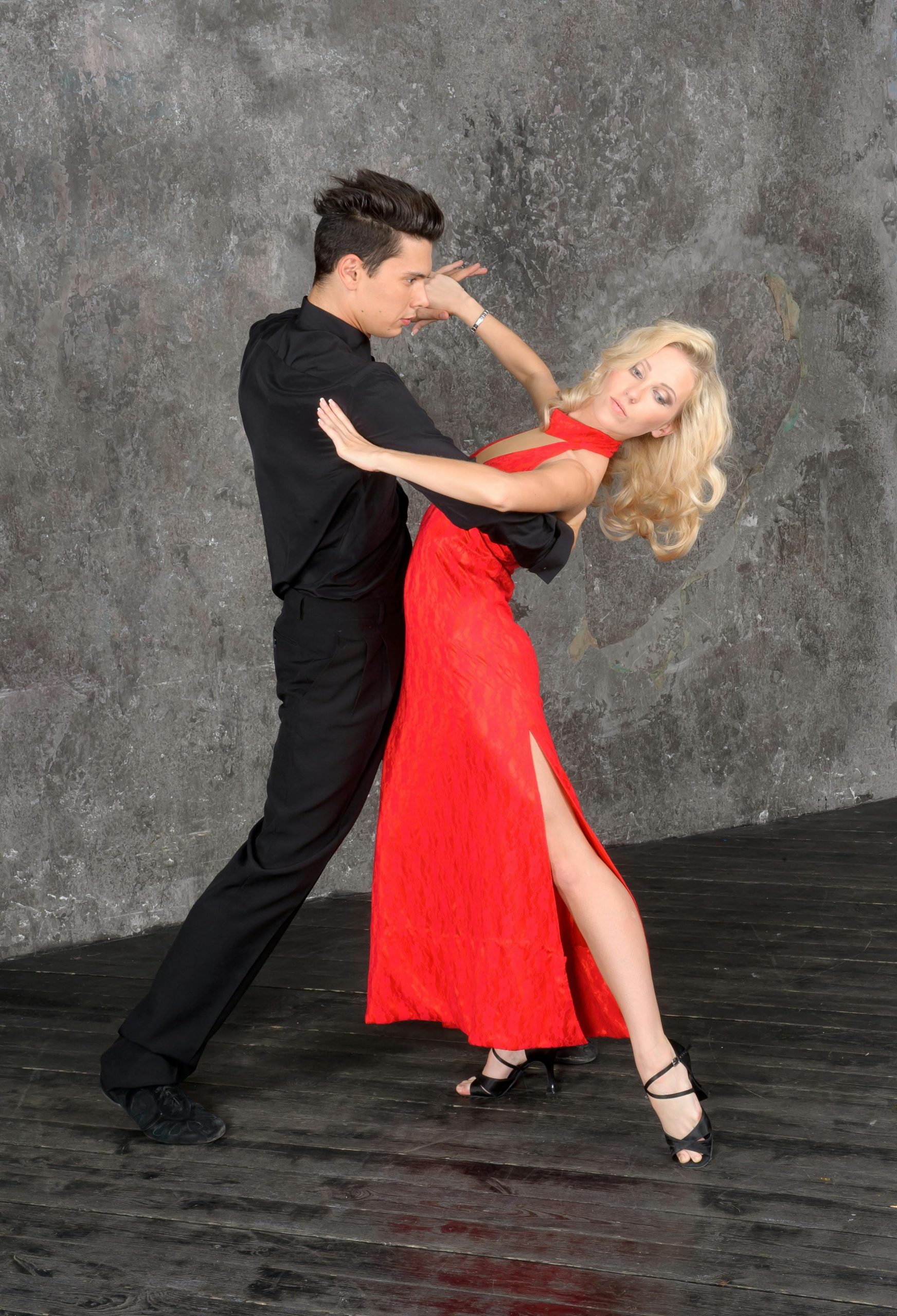In a world constantly pushing the boundaries of innovation, the return of retro aesthetics to the forefront of art and design feels like a breath of fresh air rooted in the familiar. From the vibrant, bold patterns of the 80s to the sleek, minimalist charm of mid-century modern design, retro culture has found a place in contemporary creativity. This resurgence isn’t just a fleeting trend—it reflects a collective craving for nostalgia, authenticity, and craftsmanship.
The Bold Resurgence of 80s and 90s Graphics Bright neon hues, pixel art, and geometric patterns once confined to the annals of 80s and 90s pop culture are dominating graphic design, advertisements, and even user interfaces. Designers are reviving these iconic elements and adapting them to the digital age. Glitch art, VHS static effects, and retro-futuristic themes create a perfect blend of old and new, resulting in visuals that are familiar yet cutting-edge. This revival not only appeals to those who lived through these decades but also captivates younger generations eager to experience the aesthetics of a bygone era.
Retro in Fashion: Vintage Styles Make a Statement Fashion, known for its cyclical nature, has fully embraced retro with open arms. The return of bell-bottoms, platform shoes, leather jackets, and oversized blazers highlights the industry’s love affair with vintage styles. High-fashion brands are reissuing classic collections, and thrift stores are experiencing a renaissance, driven by younger audiences seeking unique, sustainable pieces. The blending of old-school attire with modern accessories creates a fashion statement that feels personal, bold, and rebellious—a tribute to the past with a contemporary twist.
Film and Music: The Retro Sound and Visual Experience In music and cinema, retro is no longer a niche genre but a powerful artistic choice. Synthwave, disco revivals, and the continued dominance of vinyl records reveal a longing for analog warmth in a digital world. Filmmakers are reintroducing practical effects, grainy film textures, and classic cinematic techniques to recreate the magic of decades past. Directors like Quentin Tarantino and Wes Anderson consistently pay homage to vintage aesthetics, blending them seamlessly into their works. This shift speaks to audiences who yearn for storytelling that feels rich, textured, and timeless.

